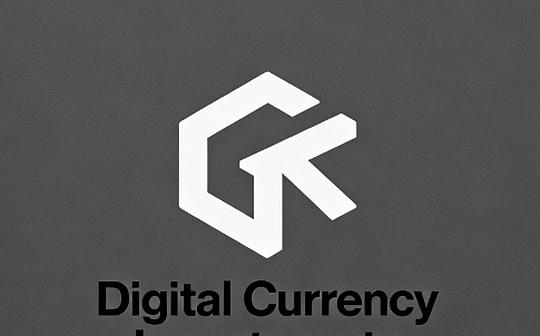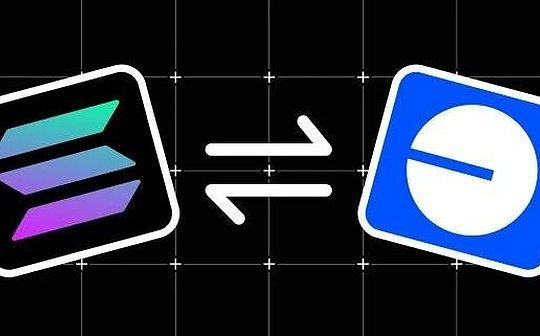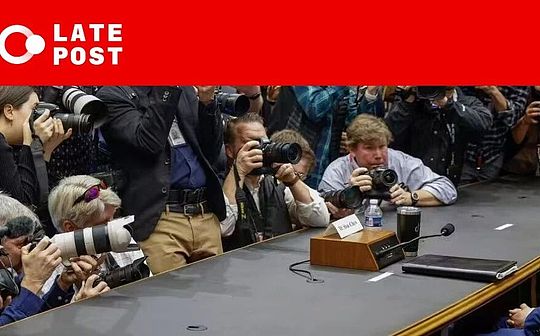
Jessy, bitchain vision
The price of Ethereum is only one step away from the 4,000 US dollars, which is only more than three months since the scene of falling below 1,500 US dollars in April this year.In the past three months, its increase in the same period has significantly exceeded that of Bitcoin.Throughout July, it rose nearly 60%.From everyone to beat, OG sold wildly during the ICO period, to the present, missionaries are selling door-to-door on Wall Street, and the high 3,800 level is still a huge increase in positions.
Looking back now, the rumors that “Ethereum is changing its banker” circulated at the beginning of the year seem to have been verified. The core of Ethereum’s power seems to have shifted from the early ICO giant whale and the Ethereum Foundation to the traditional financial old money on Wall Street.But is this really the case?
Ethereum is no longer a small circle of stockpiling goods, and changes are based on the passage of Ethereum spot ETFs as the dividing line.Before this, Ethereum’s own technological innovation was the reason why its position as the second in the industry could not be shaken.At that time, the story of Ethereum’s external sales was also an ideal of decentralization. Its innovation source of encryption technology was the “computer of the world”. As encryption was integrated into mainstream finance and became its gear, Ethereum’s new narrative also turned into a story that Wall Street could understand. This new narrative is the infrastructure and clearing layer of the global digital financial system, and is the issuance and settlement platform of RWA and stablecoins.
July 30, 2025 is the day when the Ethereum main network is launched and the tenth anniversary of its founding block.On the occasion of the tenth anniversary, Ethereum has taken off the crypto geek’s plaid shirt, put on the straight suit of the financial elite, stepped on the accelerator, and accelerated its run to the traditional financial world.
Mainstream financialization of encryption, reconstruction of Ethereum narrative
The turning point occurred in May 2024, when the U.S. Securities and Exchange Commission unexpectedly approved the centralized listing application for spot Ethereum ETFs.
In the application documents submitted by BlackRock, Fidelity, VanEck, these asset management giants, they emphasize Ethereum’s “compliance”, “functionality” and “settlement capabilities”, which are completely different from the “crypto assets” from the perspective of speculation in the past.In July 2024, these ETFs began trading one after another, starting a new round of capital inflow cycle.According to Bloomberg data, as of July 2025, these Ethereum spot ETFs have managed a total asset size of more than US$5.5 billion.The passage of spot ETFs is actually a landmark event in which the traditional world began to recognize and accept Ethereum.
The passage of ETFs is just a superficial phenomenon. What really changes the market structure is that Ethereum’s role in becoming a “compliance chain” has been officially recognized by mainstream financial institutions.BlackRock has issued BUIDL on the Ethereum main network, a money market fund running on the chain, with its underlying assets being short-term U.S. Treasury and cash.This move is considered to be the first time that U.S. bonds have appeared in native form on Ethereum.Subsequently, institutions such as Franklin Templeton and Fidelity also tokenized their assets, and Ethereum and its second-tier cities have gradually become the underlying liquidation platform for issuing and settlement of these “real assets”.
Ethereum is still the main battlefield for stablecoins issuance. For example, the USD1 of Trump Group, which was born this year and the Hong Kong dollar stablecoin issued by Hong Kong Yuanbi Technology, still choose Ethereum as the main issuance chain.
At the same time, the recognition of traditional financial institutions has also brought Ethereum a larger-scale and more stable purchasing behavior.Nasdaq listed company SharpLink Gaming has increased its holdings of ETH three times in two months, and has bought more than 438,000 ETH in total, which has exceeded the Ethereum Foundation’s holdings and has become the world’s largest institutional holder.
Its strategy to purchase Ethereum is regarded as the Ethereum version of micro-strategy, but unlike the micro-strategy, after a series of capital operations, SharpLink not only obtained a large amount of funds to purchase ETH, but also the chairman of its board of directors became Joseph Lubin, co-founder of Ethereum.This company is essentially operated by Ethereum veterans personally and imitated Bitcoin strategies to promote ETH as a “strategic asset” in the traditional financial markets.In addition to SharpLink, listed companies such as BTCS are also raising funds to purchase Bitcoin by issuing convertible notes.
The people who trade ETH have not changed, but have changed their trading methods and narrative methods as the times change.However, new traders have joined. This wave of “pyramid selling Ethereum” is not only the institutions are listing ETFs, but listed companies are increasing their positions in the treasury.There is also a group of hidden and powerful “storytellers” active in various closed-door meetings and investor roadshows. They portray Ethereum as the “settlement layer” of future global finance, and the infrastructure for stablecoin issuance and RWA mapping.
Tom Lee, Raoul Pal, and Mutou gradually shifted their attention from Bitcoin to Ethereum, and the narrative is quietly switching.Ethereum, which once focused on “decentralized world computers”, is now wearing a suit and becoming the “on-chain clearing network” mentioned by the traditional financial circle.
Power is not handed over, but extended
But if we look at it from a deeper level, the real transfer of power in this script is not as simple as the surface.This round of “Ethereum Exchange” is not the ICO giant whale fled in panic and Wall Street took over.Wall Street is not here to take over. They are attracted to this long-term capital game by old players in the Ethereum ecosystem using their familiar language, rules and architecture.
SharpLink is a typical example.Institutions such as Consensys, which are highly related to Ethereum, have taken over SharpLink through private equity financing, and Joseph Lubin, co-founder and founder and CEO of Consensys, served as chairman of the board of directors of SharpLink.Vigorously promoting Ethereum strategic reserves at the company level is to set a benchmark and example around the world, so that major companies can follow the example of Ethereum as a vault reserve, and at the same time promote the traditional world’s acceptance of Ethereum.
At the same time, we see that although the Ethereum Foundation once reduced its direct appearance, the layout of the Layer2 network distribution and the upgrade of Ethereum are still operating in an orderly manner under its leadership.From Polygon to StarkNet, from OP Stack to EigenLayer, power is not handed over, but is extended and transformed.
The new order of Ethereum, whether at the technological development level, capital and narrative, is actually still established under the control of the Ethereum Foundation and early interest groups.They use new narratives and new shells to join Wall Street to tell the new story of Ethereum: it is no longer an “idealist hacker utopia”, but a “financial trunk for global digital assets.”The market does take this trick, and its growth has significantly outperformed Bitcoin in the past three months.
Vitalik, the founder of Ethereum, once said that his ideal in life is to become a bridge to everything.Nowadays, Ethereum has issued a large number of stablecoins, US on-chain Treasury bonds, and on-chain US stocks, which have become the bridge between traditional finance and crypto finance.On the other side of the bridge, there are no longer just crypto geeks and anonymous hackers, but Wall Street lawyers, market makers, ETF traders, and huge capital structures that try to tokenize the “whole world”.








